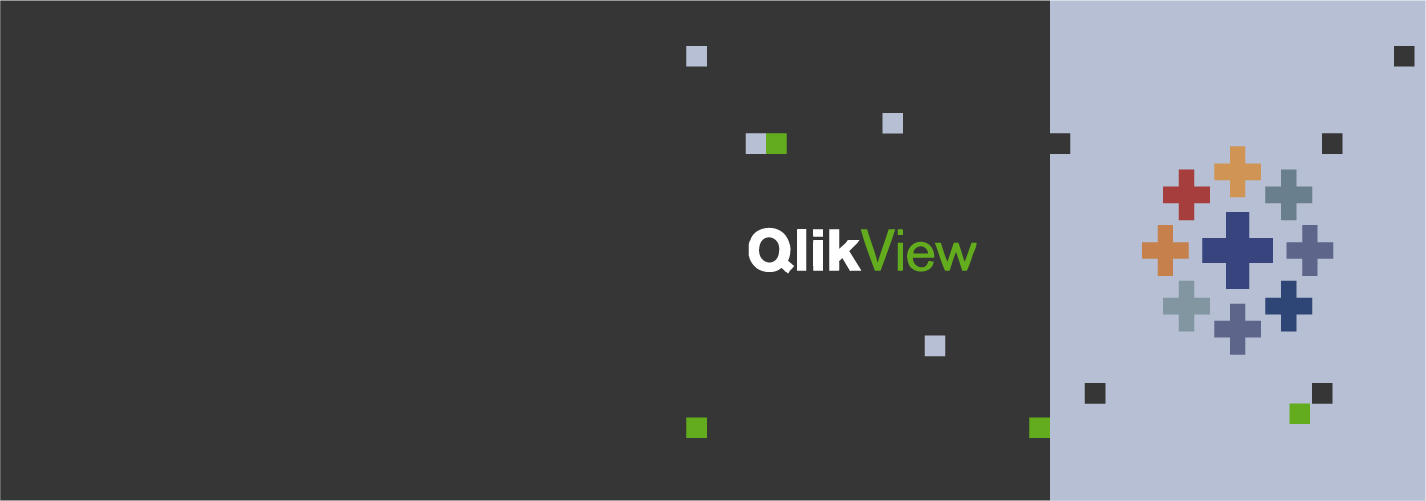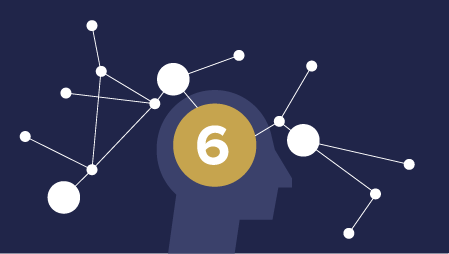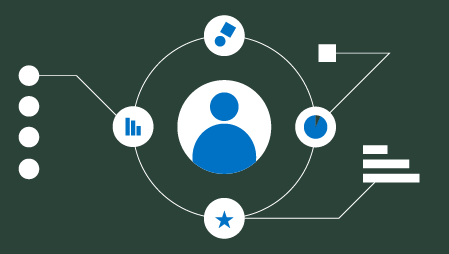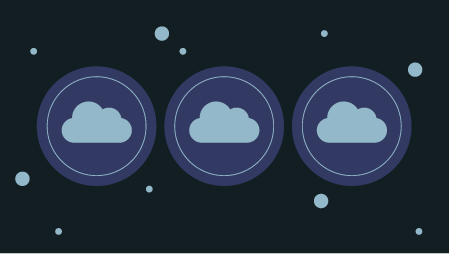Need Tableau Training ? Browse courses developed by industry thought leaders and Experfy in Harvard Innovation Lab.
In a competitive global business environment, performance-driven executives have seconds to convince a skeptical audience. A typical business presentation may combine text, graphics, animated charts and graphs, and interactive dashboards to sell its story. Thus, the visual elements of the presentation play a vital role in adding clarity and comprehension to complex business messages. Graphics-enabled presentations are evolving and becoming more robust. Todays business presentations often leverage advanced visualization tools that make the brilliant stand out of the ordinary.
The modern-day audience is not happy with just glossy interactive graphics. They want morethey want graphics that analyze the presented data and tell a story! So, the graphics-heavy documents cannot simply contain visual elements; the graphics must be neatly integrated to show insights or trends and patterns that are obviously visible to both the expert and the novice. In this context, two visualization tools worth mentioning are QlikView and Tableau, both of which have been defined as leaders in Gartners 2014 Magic Quadrant. Both these tools have scaled beyond the average capabilities of embellishing the text with glossy, interactive dashboards and ad-hoc reports.
Then, what is so special about these two visualization tools?
QlikView and Tableau
Both offer above-average graphic manipulation tools in their arsenal, and also offer BI capabilities for interactive analytics with segmented business data, though these capabilities are limited in case of Tableau. However, QlikView and Tableau have some fundamental differences that make them unique and appropriate for specific types of applications.
QlikView Plus Points
IDC reports that QlikView is one of the most popular BI tools adding 14 customers per working day across the globe. QlikViews unique selling points are that it ranks highest in customer loyalty, provides satisfactory performance, offers a wide variety of features, and is known for its product quality and overall market position. QlikView is probably of the few visualization tools that offers an integrated BI platform and comes bundled with adequate demos, training manuals, and tutorials that can easily fascinate clients and new customers, giving them insight in a fraction of the time they expect. Qlikview is easily deployable and configurable, and starts producing stunning reports within minutes of installation. QlikViews patented associative technology ensures that the users derive intelligence and insights on demand. This product does not use cubes; hence loads all the tables and charts in memory to enable interactive queries and creation of reportsa technology not found in other products. As Gartner had predicted that by 2012, 70% of global companies would embrace in-memory processing of data, QlikView rose to be a market leader in that arena.
QlikView Next promises to take this product to the next higher level of a viable, enterprise-grade alternative to the incumbent BI players. The cost factor is also a huge plus, as the initial investment can be as little as half of other competing BI tools. This products relative ease of use makes it a preferred choice among average business customers. The success rate of this product is 98%, according to IDC.
QlikView Minus Points
These observations may vary from user to user:
- QlikView menus have too many tabs that lack a logical structure. Tableau has a cleaner, clutter-free GUI.
- An abundance of ineffective features like 3D charts, gauges, or faded bar charts exist, which have no real business value.
- The visual outputs require time-intensive formattingnot intuitive drag/drop as in Tableau.
- The community development is slow and immature compared to that of Tableau.
Tableau Plus Points
The visualization capabilities of Tableau are diverse and highly insightful. Features such as word clouds or bubble maps are great tools to enhance comprehension. The tree maps provide the facility to add context for graphics. The tree maps are chiefly used to show relative proportions of multiple categories of information. The capability for laying out a dashboard via overlaps is also a very powerful feature. This feature enables efficient use of screen space.
Other benefits
- Report sharing for free (with some hard data limitations)
- Instant connection to more than 30 data types
- Support for cubes
- Can be integrated with R
- Excellent in mapping
- Ready-made drivers for many databases
- Good pace of R & Dseveral technology upgrades a year
- Based on training videos, blog/forum posts, and twitter buzzes Tableau certainly leads the community building efforts, compared to Qlik.
Tableau Minus Points
- You cannot create custom groups for different dimensions that are critical for business purposes.
- There is a lack of freedom to create new arrangements of data. One cannot create new relationships or add business context to ones data.
- There is a lack of a single business view of information. An enterprise BI solution should provides a logical metadata layer for creating a single definition of business entities such as customer and revenue when the data resides in different formats in different systems.
- There is no enterprise reporting, scheduling alerting and notification of time-sensitive information.
- Tableau is slower than QlikView when it comes to its in-memory calculations.
Tableau vs. QlikView: Prime Differentiation
Tableaus strength lies in enabling novice users to create instant, real-time dashboards. Its intuitive, visually driven interactive data-exploration platform can easily transform the ordinary business user into a data superhero. Powerful features like filters and drill-down analysis are only matters of a few clicks. Tableau also enables seamless sharing of dashboards on Tableau Server or Tableau Online. Like a good doctor, the Tableau executive dashboard can provide a reality check for your business health, and can send alerts in times of emergencies. The filter panels on a dashboard can facilitate further navigation of the data with custom parameters, giving you greater control over your information. The interactivity of these dashboards enables a powerful decision-support system to busy executives looking for quick solutions to day-to-day problems.
On the other hand, QlikView consolidates selected data from various data sources before initiating a data discovery process by exploring the hidden associations in the data. QlikView is well integrated with the mobile and social media platformsenabling instant data search, access, capture, and analysis via dashboards and dynamic apps. QlikViews special handling of big data from multiple sources without the need for modeling or programming, makes data associations between big data and traditional data very easy. Then the analyzed big data may be viewed through fine-tuned dashboards.
Towards the middle of 2014, the company plans to release another version of this product, QlikView.Next, featuring Natural Analytics, which signals a design overhaul to enable easier data discovery and sharing of insights. QlikViews relative low learning curve, matched with an above-average score for variety of data analysis and functionality has made the product a winner among its user community. Tableaus main scoring point over QlikView includes an evolutionary road map for meeting enterprise requirements for reusability, scalability, and embeddability. QlikViews USP lies in its ability to provision a stand-alone, integrated BI platform.
Need help with your QlikView or Tableau implementation or simply need data scientists and visualizers to augment your existing team? Post your project in the Experfy Marketplace to solicit bids from vetted experts. Experfy has the worlds top data experts, who specialize in specific industry data and can ask the right questions of your data. You can also email support@experfy.com for more information.




